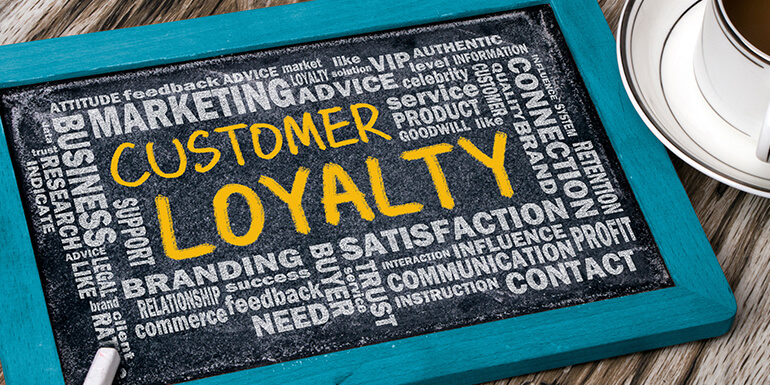
How to Win with Retail Loyalty Programs
Game-changing tips to strengthen bonds with grocery shoppers

By Bob Gatty, Progressive Grocer
Retailer loyalty programs have come a long way. Once the bastion of a select few supermarket chains – those with deep pockets or tech-savvy resources – the average loyalty program had the sole mission of obtaining shopper-specific data in return for discounts on routinely purchased products. Consumers produced their cards at checkout and watched as their total grocery bills ticked down.
But times have changed. In the past two decades, at least some sort of loyalty program has become an important, if not requisite, offering for virtually every grocery retailer. Especially in today's competitive environment where shoppers expect to be rewarded for their business.
Consequently, increasing numbers of supermarket operators provide their customers with user-specific cards to obtain the best prices available. They also often provide other goodies, which are frequently discounts on gasoline.
In fact, estimates suggest that upwards of 80% of grocery retailers offer some form of loyalty program, about 70% of which are tied to fuel-based discounts. But fuel incentives may not be enough.
Many grocery retailers' loyalty card initiatives are not an effective differentiator against the competition, but instead have an expected marketing component that simply allows the retailer to stay even against the competition. In effect, it's just what's needed to stay in the game, but not enough to win.
Going Beyond Discounts
As consumers become increasingly savvy about loyalty programs and more adept with technology – especially their mobile devices – the quest for strategies and tools to help shoppers save both time and money is critical for all retailers. The pressure is intensifying on supermarket operators to deliver not just an effective loyalty card discount program, but also one that makes shopping easier and faster.
Advice for Loyalty Marketers
Strengthening bonds with shoppers is essential if companies are to go beyond simply providing discounts and establish a real competitive advantage. Here are four "game-changing" opportunities:
- Exclusivity. If your customers can get the same deal from competitors, they have no incentive to come to or stay with you. What role could exclusive partnerships play for your audience?
- Experiential rewards. Things can be duplicated. Experiences can't. If your reward is a discount or an item, your competitors can do the same. If your reward is an experience – insider access to behind-the-scenes encounters or an aspirational adventure that only you can provide – your competitors can't match you.
- Relevance. Using data you already have to tailor messaging and offers to your most important customers will build a future-facing asset. That's the bottom line for loyalty programs: What are you doing that will stand out from your competition?
- Innovation. Embrace differentiation and think, "The one asset we can claim is our brand. Let's get smart about bringing that brand to life in the rewards, recognition and relevance of a differentiated program."
In addition, consider these best practices:
- Invest in your members. Use a multifaceted strategy that optimizes your number and variety of communications channels (including social media), ensuring direct, relevant connections with the most valuable, highest-potential customers.
- Break down silos. Employ shopper insights to customize the experience delivered to your best customers, considering everything from e-mail communication to store layout and merchandise on the shelves.
- Pursue innovative value propositions. Strategic alliances offer the ability to join forces with other companies and create richer, faster ways to earn rewards and status.
SOURCE
Excerpts from Progressive Grocer.